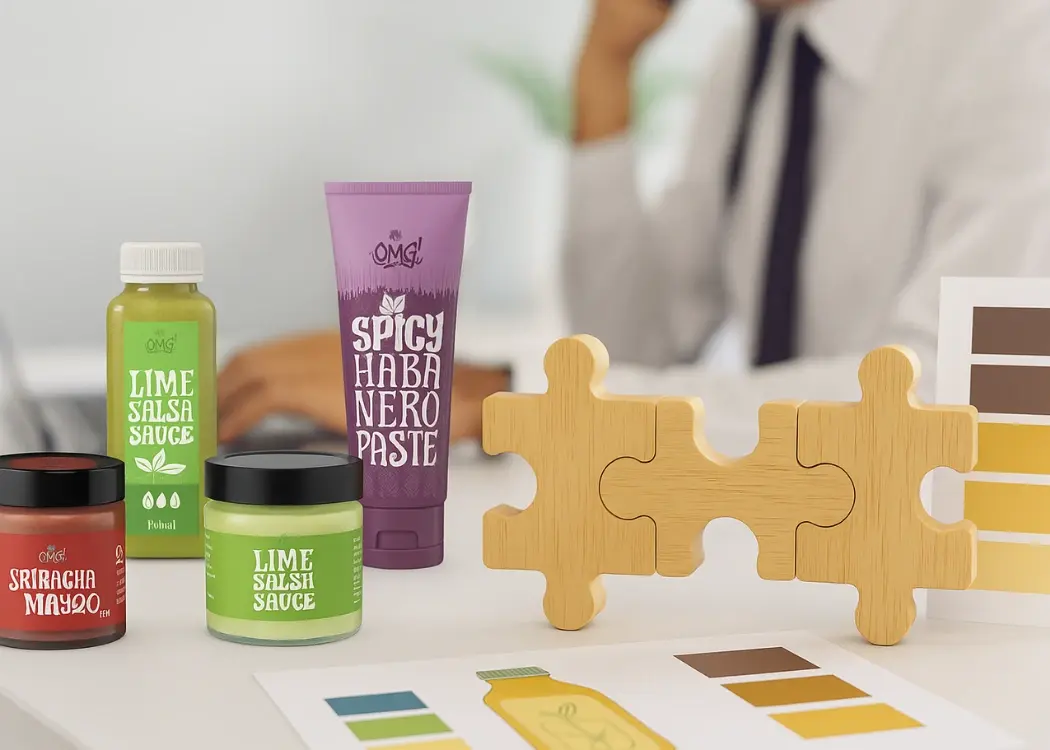How automated artwork management strengthens brand compliance
Endless email chains, delayed approvals, and costly reworks — if this sounds familiar, it’s time to consider automated artwork management. This...
2 min read
 William Janeway
:
October 16, 2025 at 1:52 PM
William Janeway
:
October 16, 2025 at 1:52 PM

In a crowded marketplace, your packaging is often the first — and sometimes only — touchpoint between your brand and the consumer. Every color, font, and word matters. But as product portfolios expand and markets diversify, maintaining consistent, compliant packaging becomes a serious challenge.
That’s where brand compliance monitoring comes in. It’s the process of ensuring that every piece of packaging — across regions, SKUs, and languages — faithfully represents your brand and adheres to all legal requirements.
Brand compliance monitoring is the continuous oversight of all branded materials to make sure they follow approved visual and regulatory guidelines.
For packaging teams, it means verifying that:
Logos, typography, and colors are used correctly
Regulatory information (ingredients, safety symbols, legal text) is accurate and visible
Only approved artwork versions reach production
Changes are tracked, reviewed, and authorized
It bridges creative control with regulatory compliance — ensuring that what consumers see on-shelf or online is both on-brand and legally compliant.
Packaging isn’t just about design — it’s a compliance-sensitive space where branding meets regulation. A single inconsistency or error can have big consequences:
Brand dilution: Misplaced logos or inconsistent layouts weaken recognition.
Regulatory risk: Outdated claims, missing symbols, or incorrect translations can lead to recalls and fines.
Market confusion: Inconsistent labeling across regions erodes trust and credibility.
Wasted resources: Reprints and relabeling add time and cost.
Strong brand compliance monitoring protects your visual identity while keeping every label legally sound — from the first artwork draft to the final printed pack.
See how Cway helps teams maintain brand consistency across platforms, automate compliance updates, and manage global packaging artwork efficiently.
Learn How Cway Streamlines Artwork Compliance and Brand Management
Keep your logos, templates, and design elements in a single, controlled system. This ensures everyone — from designers to regulatory reviewers — works from the same source of truth.
Define structured approval routes with assigned roles and responsibilities. No artwork moves forward without brand and regulatory sign-off.
Use online proofing to spot visual and textual inconsistencies before approval. Compare versions side by side to ensure changes align with guidelines.
Integrate checkpoints into your workflow — for example, “Brand Design Review” or “Legal Text Validation” — to prevent skipped steps and unauthorized approvals.
Track performance, identify recurring issues, and generate audit reports. Brand compliance should be proactive, not reactive.
Cway helps packaging and artwork teams embed brand compliance into every workflow step. No more scattered emails or missed checks — everything is structured, logged, and auditable.
Smart Workflows: Define approval steps by brand, region, or product category.
Central Repository: Store and manage all brand assets, dielines, and legal references in one secure hub.
Traceability: Every approval, comment, and edit is timestamped for full audit transparency.
Visual Proofing: Compare versions, track revisions, and flag deviations instantly.
Compliance Reporting: Export audit trails that prove brand standards were followed at every stage.
With Cway, brand compliance monitoring becomes effortless — transforming what used to be a manual burden into an automated, accountable process.
When your brand compliance is well-managed, everything else runs smoother:
Packaging hits the market faster
Teams spend less time chasing approvals
Audits become painless
And your brand stays consistent, compliant, and confident — everywhere it appears
Brand compliance monitoring isn’t just about control — it’s about building trust.
With Cway, packaging teams can ensure that every product, in every market, speaks the same language: your brand’s.
Build a Traceable, Compliant Packaging Process — See Cway Live.

Endless email chains, delayed approvals, and costly reworks — if this sounds familiar, it’s time to consider automated artwork management. This...

For global brands, packaging is more than design — it’s a critical business operation. Every product launch demands packaging that is accurate,...

In today’s competitive FMCG and consumer goods landscape, packaging is no longer just a container—it’s a key brand experience. Packaging must...